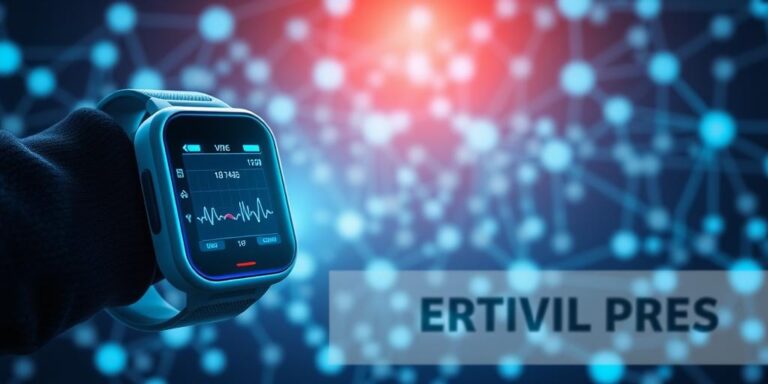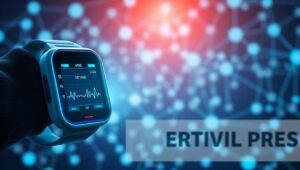Medical-Grade Wearables for Remote Patient Monitoring: The 2025 Mainstream
Remote patient monitoring (RPM) is rapidly evolving, and by 2025, medical-grade wearables are poised to become a mainstream component of healthcare delivery. These advanced devices offer continuous, real-time physiological data collection, enabling healthcare providers to proactively manage patient health, improve outcomes, and reduce costs. This article explores the current landscape, future trends, and key benefits of medical-grade wearables in RPM.
Current Landscape of Medical-Grade Wearables
Medical-grade wearables are distinct from consumer-grade fitness trackers. They undergo rigorous testing and validation to ensure accuracy and reliability, meeting stringent regulatory standards set by organizations like the FDA. Current devices include:
- Continuous Glucose Monitors (CGMs): For real-time glucose monitoring in diabetes management.
- Cardiac Monitors: Wearable ECG devices for detecting arrhythmias and other cardiac abnormalities.
- Blood Pressure Monitors: Providing continuous blood pressure readings for hypertension management.
- Pulse Oximeters: Monitoring oxygen saturation levels, crucial for respiratory conditions.
- Activity Trackers (Medical-Grade): Advanced versions that track activity levels, sleep patterns, and more, with validated accuracy.
Trends Driving Mainstream Adoption by 2025
Several factors are driving the increasing adoption of medical-grade wearables in RPM:
- Technological Advancements: Improvements in sensor technology, data analytics, and wireless communication are enhancing the capabilities and usability of wearables.
- Regulatory Support: The FDA and other regulatory bodies are providing clearer pathways for approval and use of digital health technologies, fostering innovation and investment.
- Reimbursement Policies: Expanding reimbursement policies from both government and private payers are making RPM more financially viable for healthcare providers.
- Aging Population: The growing elderly population requires more proactive and continuous healthcare management, which RPM facilitates.
- Chronic Disease Management: Wearables enable effective remote management of chronic conditions like diabetes, heart disease, and respiratory illnesses.
Key Benefits of Medical-Grade Wearables in RPM
- Improved Patient Outcomes: Continuous monitoring enables early detection of health issues, leading to timely interventions and better outcomes.
- Reduced Healthcare Costs: RPM can reduce hospital readmissions, emergency room visits, and the need for in-person appointments.
- Enhanced Patient Engagement: Wearables empower patients to take a more active role in their health management, leading to better adherence to treatment plans.
- Greater Accessibility: RPM expands access to healthcare, particularly for patients in rural or underserved areas.
- Data-Driven Insights: Wearable data provides valuable insights into patient health trends, enabling personalized treatment plans.
Challenges and Considerations
Despite the numerous benefits, several challenges need to be addressed for widespread adoption:
- Data Security and Privacy: Ensuring the security and privacy of patient data is paramount.
- Interoperability: Wearables need to seamlessly integrate with existing healthcare IT systems.
- Patient Education and Support: Patients need to be educated on how to use wearables effectively and interpret the data.
- Clinical Validation: Continued clinical validation is needed to demonstrate the effectiveness of wearables in different patient populations.
- Cost-Effectiveness: Demonstrating the long-term cost-effectiveness of RPM is crucial for widespread adoption.
The Future of RPM with Medical-Grade Wearables
By 2025, medical-grade wearables will be an integral part of RPM, transforming healthcare delivery. These devices will provide continuous, real-time data, enabling proactive management of patient health, improved outcomes, and reduced costs. As technology advances and regulatory support expands, the adoption of medical-grade wearables will continue to accelerate, paving the way for a more connected and patient-centric healthcare system.
Conclusion
The integration of medical-grade wearables into remote patient monitoring represents a significant step forward in healthcare. As we approach 2025, these devices promise to revolutionize how we manage chronic diseases, improve patient outcomes, and make healthcare more accessible and efficient. Addressing the existing challenges will be key to unlocking the full potential of this transformative technology.




